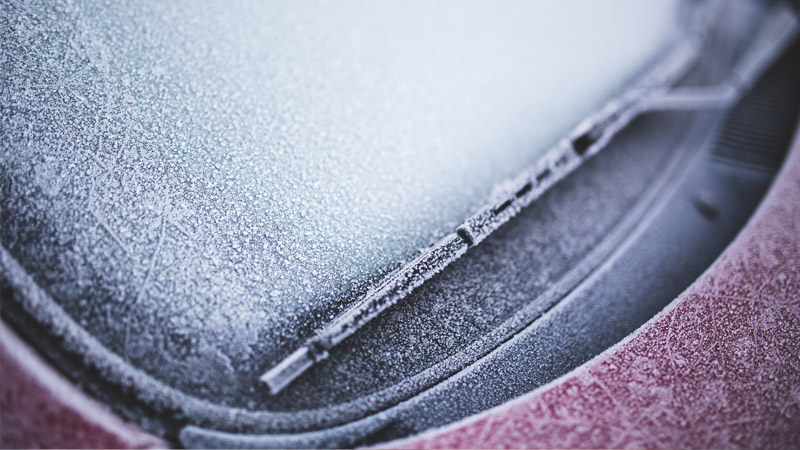
According to the Farmers’ Almanac, this winter will be a cold and snowy one with “teeth-chattering” temperatures and more snowfall than last year. While current temperatures may still feel fall-like, it is not too early to start preparing for the winter season before it arrives in December. With the right maintenance and preparation, this winter does not have to take drivers by surprise and planning ahead can help keep you and your passengers safe.
The auto accident attorneys at Dale E. Anstine care about our community and are offering up the following tips to help prepare your vehicle for winter:
- Replace wiper blades
- Check your tires
- Fill the fluids
- Stock your car
- Have your vehicle inspected by a professional
Replace Wiper Blades
Most drivers never think they need new wiper blades until it is too late. Clean, new wipers can help increase visibility in rain and snow and should be replaced every six months. When is it time for new blades? Streaks or missed expanses of glass are good indicators your wiper blades are wearing out and need to be replaced.
Check Your Tires
For frequent or long-distance drives, consider snow tires or winter tires, which are specially designed with low-temperature-resilient rubber compounds that include deep treads to grip better in snow and ice. All-season tires (which are different from snow tires) have compounds that can get brittle in low temperatures, and as a result, can grip less. Winter tire compounds remain flexible when temperatures are low and can help keep a car’s safety systems functioning properly.
Fill the Fluids
During winter conditions, roads are often treated with ice-melt or other chemicals to help reduce the amount of snow and ice on the roads. While this treatment helps keep roads clear, it also creates a chemical-moisture that ends up on windshields. During the winter months, keep wiper fluid levels full with appropriate fluid for the conditions to keep the windshield clear and transparent. Consider using low-temperature resistant fluid that will not freeze in extreme temperatures. Remember, regular fluid is mixed with water and can easily freeze, causing wiper systems to malfunction.
Additionally, motorists should check their vehicle’s oil levels and filters. A fresh oil change and new filters will better prepare your vehicle for winter weather. Remember to also top off brake, transmission and power-steering fluids!
Stock Your Car
Sometimes winter weather takes drivers by surprise as roads become impassable or dangerous to navigate. Be prepared in case you get stranded waiting for emergency personnel to clear the roads. Carrying supplies in your car may save your life. At minimum, stock the car with:
- Blanket
- Jumper cables
- Flashlight
- Chains
- First-aid kit
- Small knife
- Flares
- Energy bars, snacks and water
- Gloves
- Small shovel
- Ice scraper
- Bag of sand or kitty litter to help provide traction when stuck in the snow
Have Your Vehicle Inspected by a Professional
The best way to ensure a vehicle is winter-ready is to have a professional do an inspection. Local repair shops can check battery health, tires, electrical systems, fluid levels and coolant systems while keeping in mind winter weather conditions. Most people are uncomfortable performing routine maintenance on their cars, so make an appointment with a professional to gain confidence your vehicle is ready for winter.
We’re Here to Help
While winter weather is not here just yet, the car accident lawyers at Dale E. Anstine encourage all motorists to take the necessary steps to prepare for the season. While we hope you never need our services, if you or someone you love is injured in a car accident or through another person’s negligence, connect with our team today. Consultations are always FREE, we are available 24/7 and there is no fee unless we win for you.
